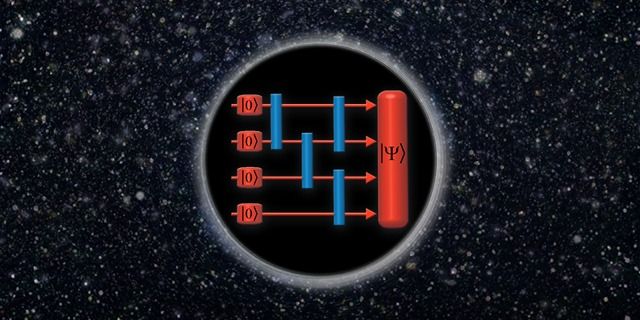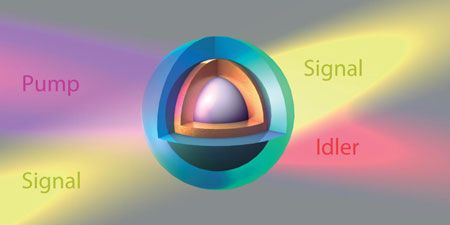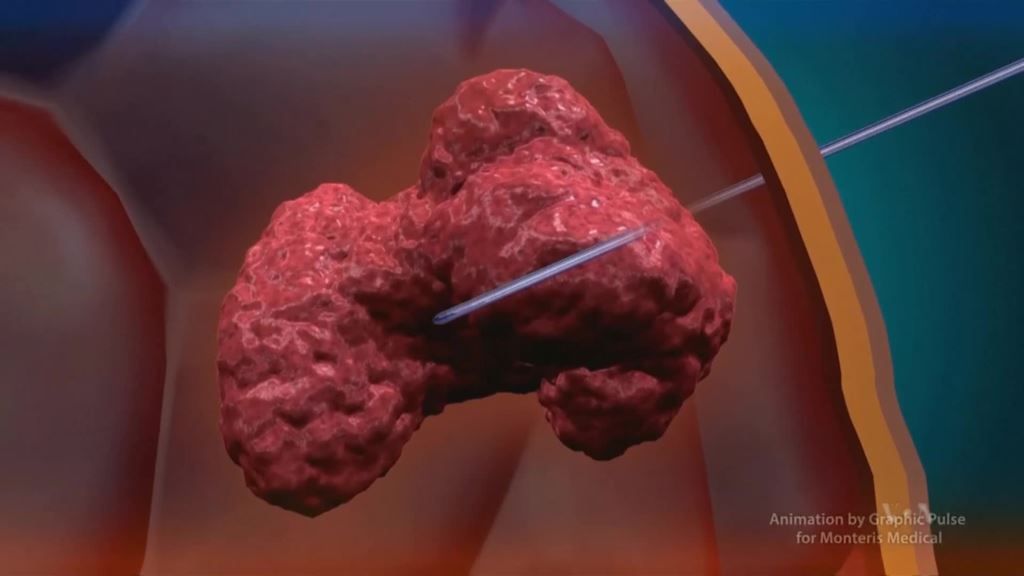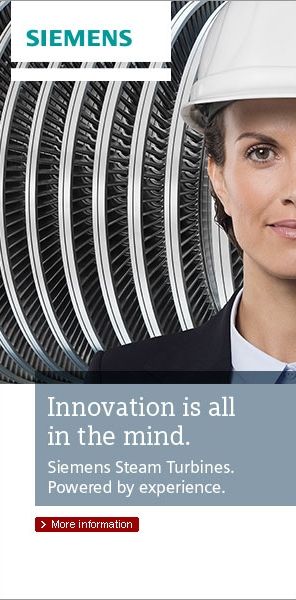Theoretical results suggest a precise speed limit on the growth of complexity in quantum gravity, set by fundamental laws and saturated by black holes.
Nice
Rice University photonics researchers have unveiled a new nanoparticle amplifier that can generate infrared light and boost the output of one light by capturing and converting energy from a second light.
The innovation, the latest from Rice’s Laboratory for Nanophotonics (LANP), is described online in a paper in the American Chemical Society journal Nano Letters (“Toward Surface Plasmon-Enhanced Optical Parametric Amplification (SPOPA) with Engineered Nanoparticles: A Nanoscale Tunable Infrared Source”). The device functions much like a laser, but while lasers have a fixed output frequency, the output from Rice’s nanoscale “optical parametric amplifier” (OPA) can be tuned over a range of frequencies that includes a portion of the infrared spectrum.
Recognizing the importance of biofuels to energy and climate security, the U.S. Department of Energy has announced up to $90 million in project funding focused on designing, constructing and operating integrated biorefinery facilities. The production of biofuels from sustainable, non-food, domestic biomass resources is an important strategy to meet the Administration’s goals to reduce carbon emissions and our dependence on imported oil.
Project Development for Pilot and Demonstration Scale Manufacturing of Biofuels, Bioproducts, and Biopower is a funding opportunity meant to assist in the construction of bioenergy infrastructure to integrate cutting-edge pretreatment, process, and convergence technologies. Biorefineries are modeled after petroleum refineries, but use domestic biomass sources instead of crude oil, or other fossil fuels to produce biofuels, bioproducts, and biopower. They convert biomass feedstocks—the plant and algal materials used to derive fuels like ethanol, butanol, biodiesel and other hydrocarbon fuels—to another form of fuel or energy product. This funding will support efforts to improve and demonstrate processes that break down complex biomass feedstocks and convert them to gasoline, diesel and jet fuel, as well as plastics and chemicals.
“The domestic bio-industry could play an important part in the growing clean energy economy and in reducing American dependence on imported oil,” said Lynn Orr, DOE’s under secretary for science and energy. “This funding opportunity will support companies that are working to advance current technologies and help them overcome existing challenges in bioenergy so the industry can meet its full potential.”
Lifeboat is all about how advances in science & technology can be use to improve humanity and ensure folks are informed. I also see this story as an opportunity for others to learn to improve humanity through sharing & hearing from a man who has been successful, met amazing people, and seen amazing things & places; and now shares his most important lesson of life.
Tom Brokaw spoke about his battle with incurable blood cancer in an emotional interview on Today Monday morning and how it has made him appreciate life more and brought him closer to some new friends.
Brokaw, 76, said he had met some incredible people also suffering from cancer, including a younger family friend who passed away last year.
One of many lessons around AI?
A class of students at the Georgia Institute of Technology recently learned that Jill Watson, the teacher’s assistant they’d been interacting with all semester, was actually a robot.
Jill, powered by IBM’s Watson analytics system, helped graduate students in an online artificial intelligence course, according to The Wall Street Journal.
“It seemed very much like a normal conversation with a human being,” one student said. “I was flabbergasted,” confessed another.
Next time you go for a brain scan; you could actually see dissolvable electrodes.
Hmmm
Scientists at the University of Pennsylvania in a study funded by the Defense Advance Research Projects Agency (DARPA) are developing implantable electrodes for brain monitoring that melt away at a predetermined rate. The devices could come in handy for monitoring and treating certain neurophysiological disorders such as Parkinson’s, depression and chronic pain.
The electrodes, which are made from layers of silicon and a chemical element, molybdenum, dissolve at a known rate according to thickness. The devices can provide “continuous streams of data for guiding medical care over predetermined periods of time,” Brian Litt, senior co-author on the study and a professor of neurology, neurosurgery and bioengineering at UPenn, said in a statement.









